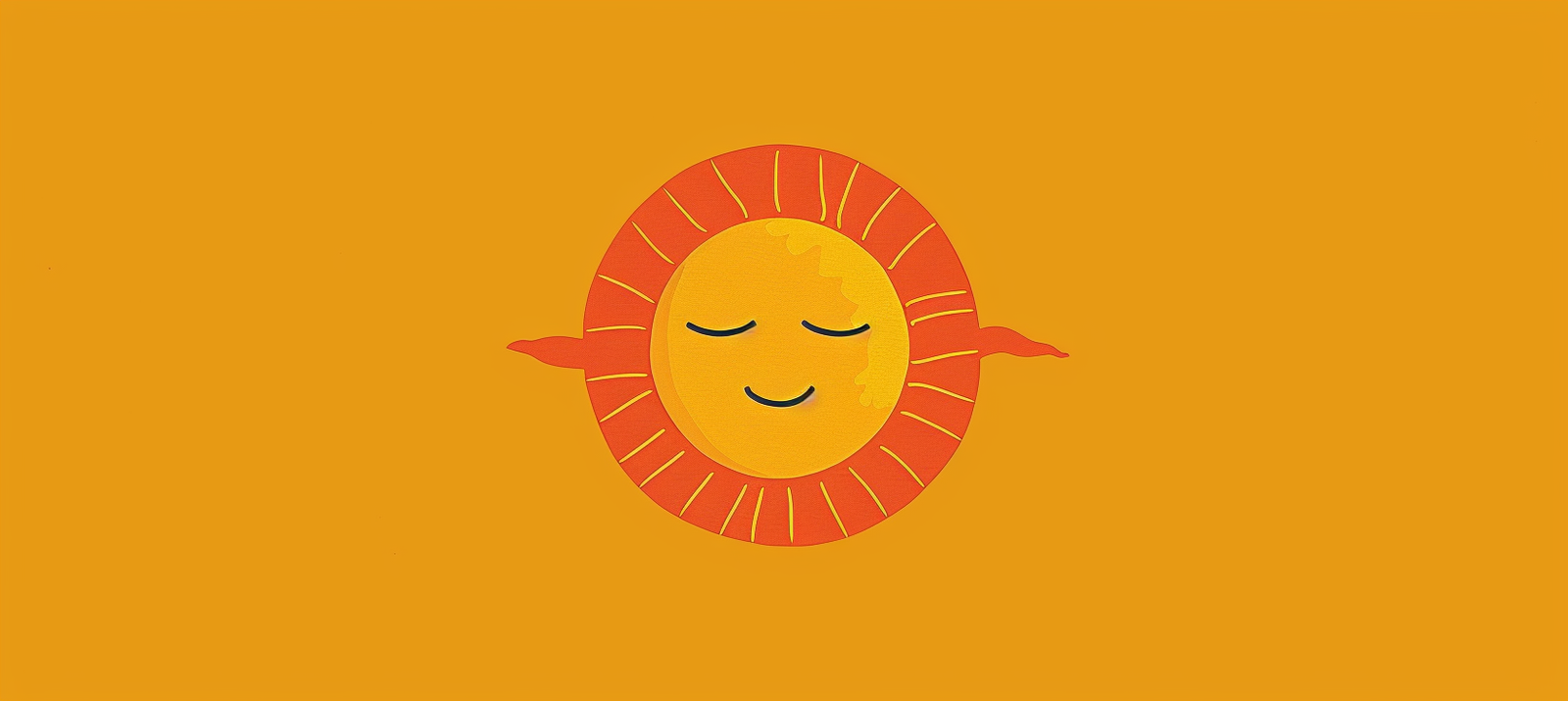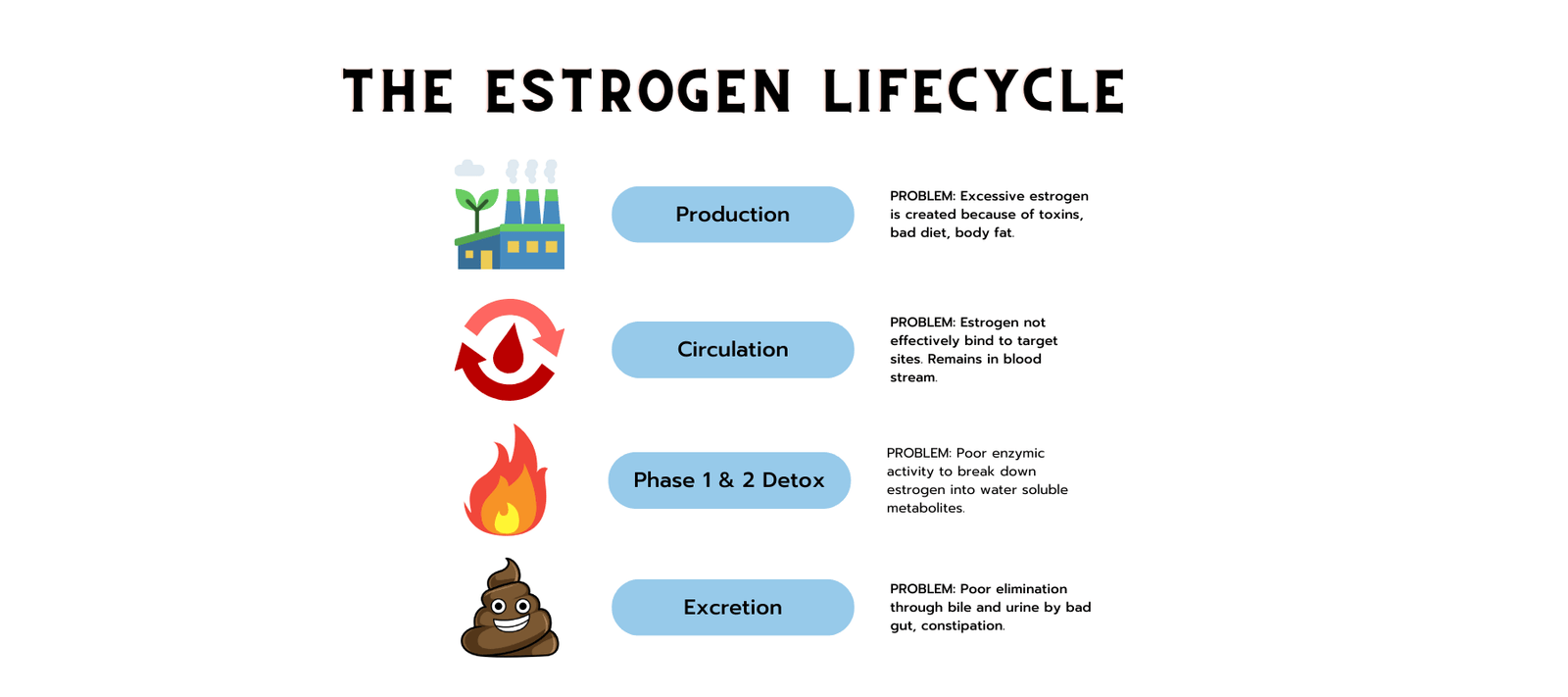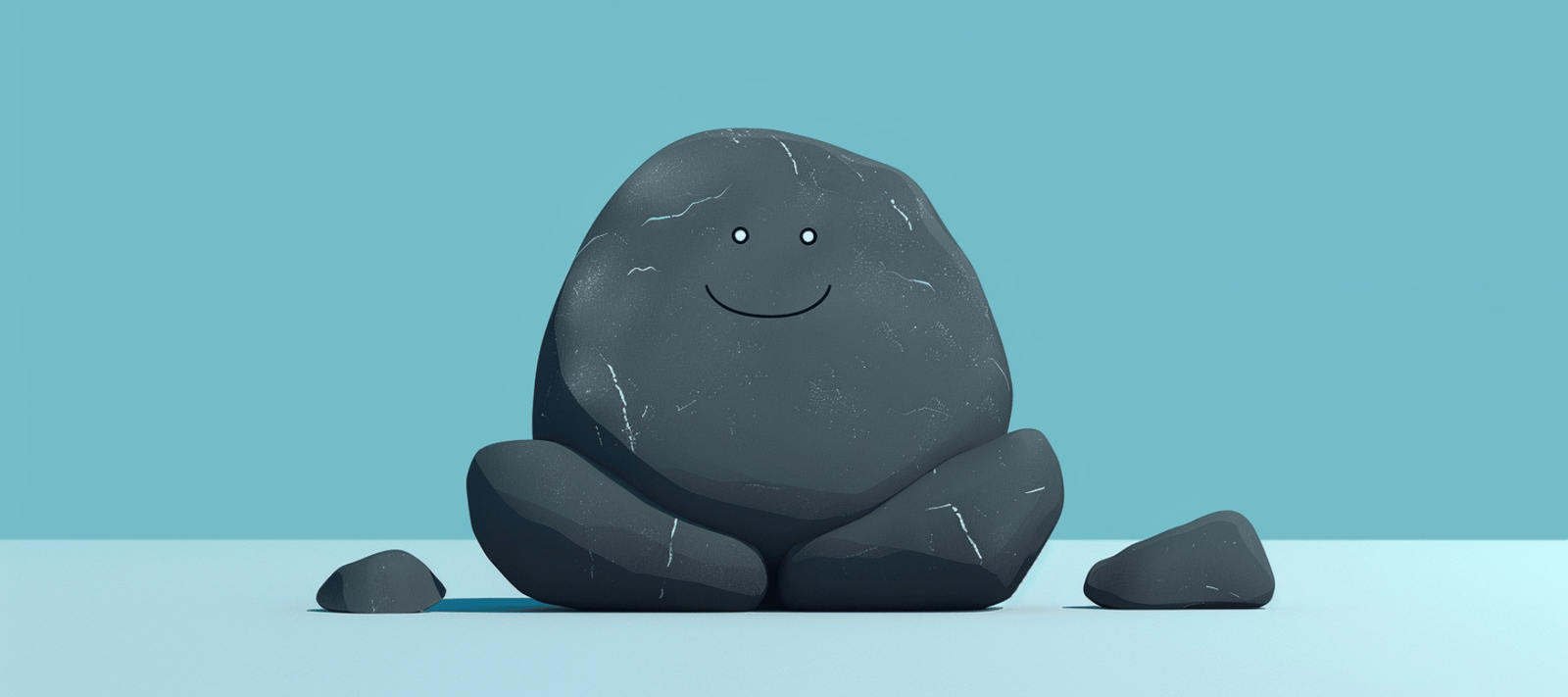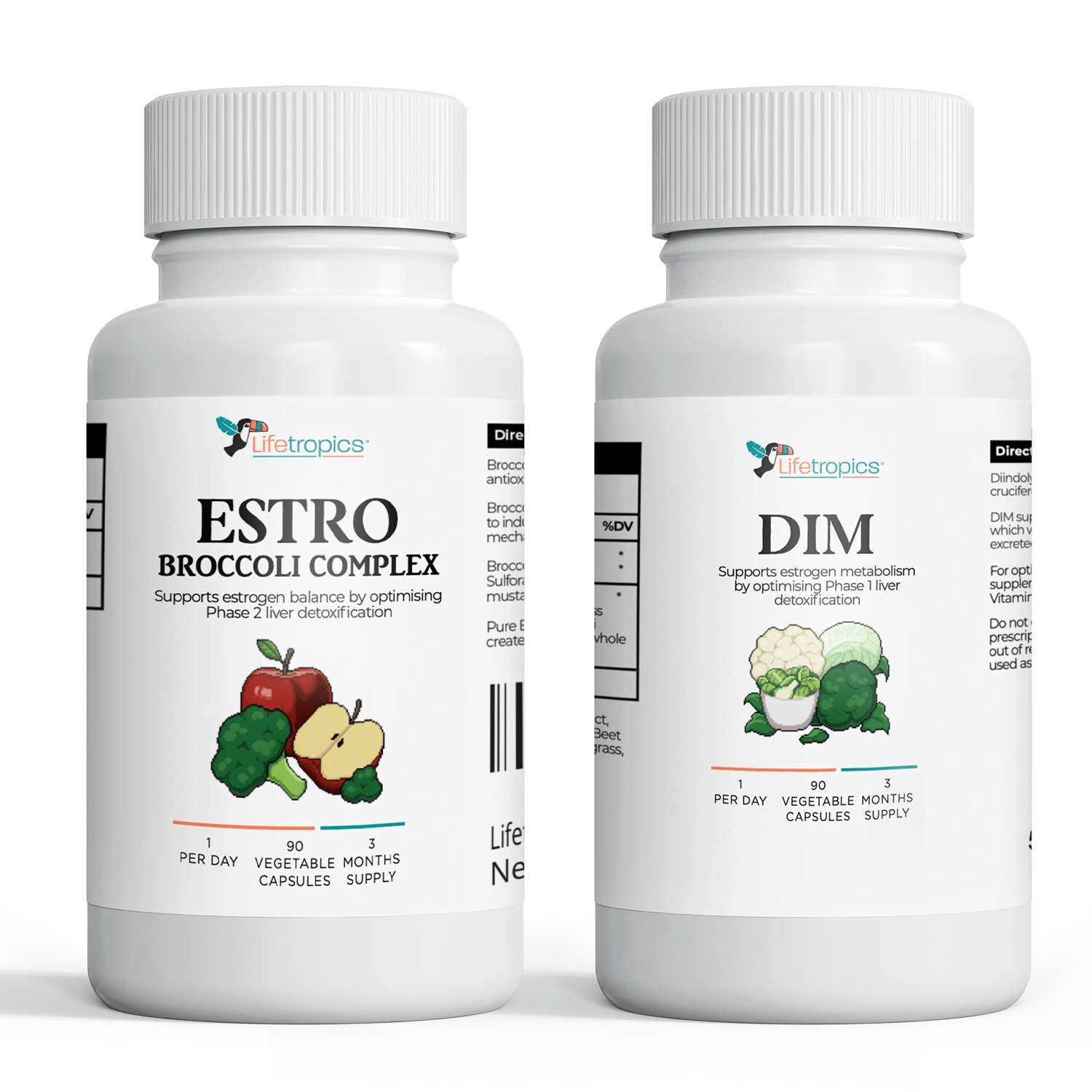"The Times" newspaper in January 2019 published the results of a direct personal question they put to doctors. The article was titled: "Vitamin pills: We Asked Doctors What Supplements They Take."
As well as mentioning those you'd expect, like Vitamin C and Vitamin D, the doctors also listed DIM among those they took regularly. Said one: "I take 200mg of diindolylmethane (DIM) supplements, which as a gynaecologist interested in the menopause I also recommend to patients..."
When doctors take a supplement you can be sure it's OK. In fact, it's like the indicator used by stock market investors who note when senior directors buy shares in their own companies. That's when we need to take notice!
What is DIM?
DIM, or "diindolylmethane" (pronounced di-in-dol-leel methane), is a molecule of a compound called "indole-3-carbinol" (I3C) found in vegetables such as broccoli, cauliflower and kale.
These vegetables, and others including mustard greens, watercress and brussels sprouts, owe their reputation for bestowing health benefits largely to the science behind DIM.
That's because DIM has been found to have a whole range of health benefits, most notably for regulating estrogen metabolism, reducing estrogen dominance and achieving balance between two of the metabolites (intermediate end products) of estrogen: 2-hydroxy-estrone and 16-alpha-hydroxy-estrone.
DIM's beneficial effect on estrogen metabolism is also linked to its efficacy in preventing or treating certain forms of cancer. DIM has been trialled and has potential use for preventing breast, uterine, and colorectal cancer (1) (2). It may also reduce the risk of rare types of cancer such as Nasopharyngeal Cancer (NPC) (3).
"In summary, the results of the study confirmed that the DIM effectively induced apoptosis of Nasopharyngeal Cancer (NPC) cells, and had a curative and preventative role in the development, and progression of NPC. The drug was safe and had no toxic effects on normal tissues and organs." (3)

So What Is Estrogen?
Estrogen is the main female sex hormone, but, like testosterone, is actually present in both men and women. Whereas men have more of the male sex hormone testosterone; women have higher levels of estrogen.
There are several forms of estrogen which occur naturally in the body. Women have four main types, the second of which (E2) is the most relevant to supplement use.
- E1. Estrone - Is a weak estrogen, less potent than estradiol, although it can metabolise into estradiol and become more active.
- E2. Estradiol - Is used in hormone replacement therapy (HRT) to treat menopausal symptoms; 10x more potent than estrone; 100x more than estriol.
- E3. Estriol - Is almost undetectable in women who are not pregnant.
- E4. Estetrol - Is produced only during pregnancy by the fetal liver.
In women, estrogen (E2 in particular) plays a key role in the development of the so-called "secondary sex characteristics" including breasts, pubic and armpit hair, and wider hips. It is also active in the menstrual cycle, which it helps to regulate by causing the lining of the uterus to thicken in preparation for potential reproduction.
Because estrogen is an integral part of the reproductive system its level fluctuates dramatically, often making it difficult for the body to cope either with an excess or a deficit of it.
To maintain a sense of wellbeing, the body needs to break down estrogen into favourable metabolites rather than ones that cause feelings of malaise. This is exactly what DIM achieves and why so many people (men as well as women) are taking it as a supplement.
In men, it's normal for testosterone to keep the bad effects of estrogen in check. Estrogen dominance can lead to outbreaks of acne until DIM restores the balance.
In women, with their much higher levels of estrogen, another hormone called progesterone normally balances estrogen, just as testosterone does in men. The balance is most likely to be affected at those times when the reproductive system is undergoing changes, namely: during the menstrual cycle, and, later in life, during the menopause.
Estrogen and the Menstrual Cycle
Estrogen levels rise during the menstrual cycle, reaching a peak towards the end when it falls sharply, triggering the beginning of the woman's period. In the pre-menstrual phase, many women suffer from Premenstrual Syndrome (PMS), caused largely by the hormonal imbalance of high estrogen.
Typical symptoms of PMS caused by high estrogen/low progesterone are headaches, mood swings, and changes in sleep habits. The most useful supplements to combat these symptoms are vitamin B6 and DIM.
Estrogen and Menopause
Estrogen levels decline during the "perimenopause" (the years leading up to the menopause; and decline sharply during the menopause itself when the ovaries stop releasing eggs.
In women, as well as storing a lifetime's supply of eggs, the ovaries produce the estrogen which prepares the uterus for receiving the eggs. However, when the ovaries stop making estrogen, the body finds another source for it: fat tissue.
During menopause, women are much more likely to develop obesity as a result of hormonal imbalance than premenopausal women. Along with obesity comes a greater risk of type 2 diabetes and coronary heart disease.
In recent years DIM has become particularly popular for treating the symptoms of menopause, with plenty of anecdotal evidence to support its effectiveness. It helps to maintain hormonal balance, smoothing out the ups and downs of estrogen levels during the day.
Environmental Factors
The modern era (20th and 21st centuries) has introduced huge quantities of industrial compounds which have estrogenic effects on living organisms, including human beings.
These compounds include PCBs (chlorine compounds, still widely in use), BPA (used in plastic and epoxy resin) and phthalates (which make plastic more flexible and durable).
Called "xenoestrogens," this class of compound has hormone-like properties and can mimic the effects of estrogen. Similar effects are seen in so-called "dietary estrogens" (phytoestrogens) which occur naturally in certain plants, such as soy and red clover.
However, although there are scientific data to indicate the intake of phytoestrogen (less than one milligram daily in post-menopausal women) there are not enough data to tell us our exposure to xenoestrogen. But it's there, in food and drink, in water bottles, water pipe linings, food containers, and a host of common, everyday products.
Controlling the Effects of Estrogen
DIM is not an estrogen blocker, as such. Rather, it's used for treating the symptoms of estrogen dominance which can occur even when the body's natural level of estrogen is in decline.
In other words, the level of estrogen (as measured by blood, urine or saliva tests) is not a true indicator of estrogen dominance. It all depends on how estrogen is being broken down by the body into estrogen metabolites.
For example, despite low estrogen levels during perimenopause and later, many women develop what are called "estrogen receptor positive" breast cancers. This means that the cancer cells have receptors to which hormones or other proteins can attach, thereby encouraging the cancer to grow. It's a serious problem, not least because around 70% of breast cancers are ER positive.
DIM actually increases estrogen activity where there is a deficit of estrogen; and it moderates estrogen activity where there is a surfeit of estrogen.
This is why DIM not only helps women who seek menopause relief, but men, too, can benefit from taking it.
For example, DIM has been shown to be beneficial in helping to control skin conditions such as acne, caused by hormonal imbalance. When the balance is restored, men feel stronger, healthier, and better able to participate in the physical activities they enjoy.
DIM helps to modulate estrogen metabolism. If you have too much estrogen, this is related to an overactive thyroid, and DIM can help with this (4).
In supplement form, DIM is frequently prescribed for survivors of breast, uterine and colorectal cancer. Experts remind us that more clinical trials are required to get a better understanding of how DIM reacts with prescription drugs, but the direction of travel is clear: DIM is safe in recommended doses and effective for the majority of people who are taking it.
When NOT to Use DIM
DIM is a stable and safe product, but you should use it with caution if you've been prescribed medications for hormonal conditions. You should not take DIM if you are pregnant or immediately afterwards during lactation.
DIM is for mature adults and should not be given to infants or small children. Adults should not take DIM if suffering from kidney disease.
Safe Dosage
Experts agree that a daily amount of 100mg or less is "very low," although it is many times higher than normal intake derived from vegetables. Conversely, 600mg per day has been shown to lower sodium levels and would not be recommended. The ideal dosage is in the range of 175mg-225mg. Scientific analysis has shown DIM to be present and active in the body after 2 weeks of supplementation (4).
Here at Lifetropics, we sell a DIM supplement which also contain a small amount of Black Pepper Extract. Apart from helping the body to absorb the DIM, black pepper offers benefits of its own. Used in Eastern medicine for centuries, it has recently been shown to block the formation of fat cells.
Together, DIM and Black Pepper Extract is an excellent combination for a whole range of conditions, especially the restoration and maintenance of hormonal balance.
References
- https://tspace.library.utoronto.ca/handle/1807/18861
- https://www.ncbi.nlm.nih.gov/pmc/articles/PMC3481000/
- https://academic.oup.com/carcin/article/34/8/1815/2463170
- https://www.ncbi.nlm.nih.gov/pmc/articles/PMC3048776









Leave a comment (all fields required)